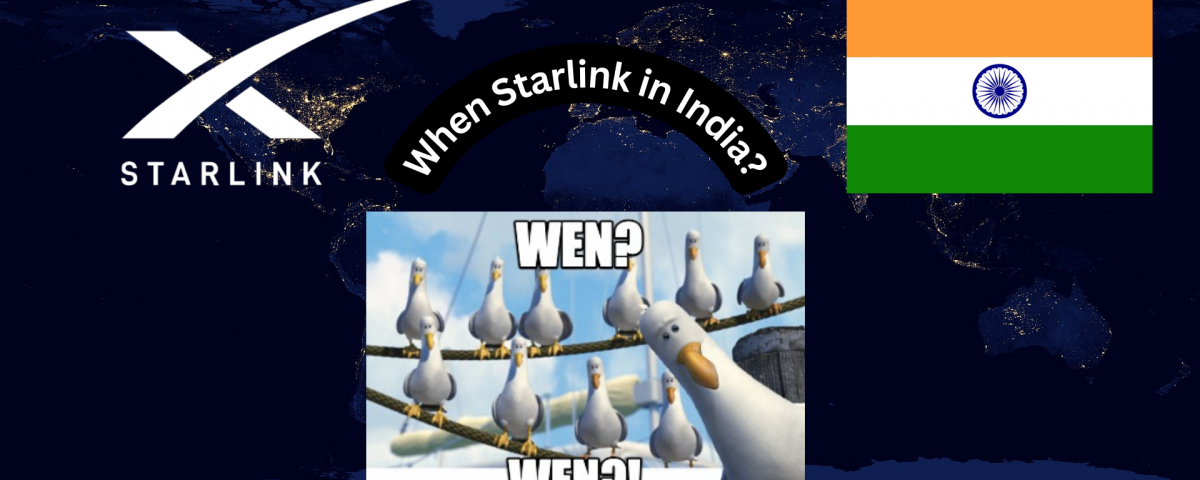
Pranav Mohanlal Swaps Spotlight For Farm Life
November 12, 2024Introduction
Elon Musk’s Starlink satellite internet constellation operated by his firm, SpaceX, has gained attention globally with promises to revolutionize internet connectivity for billions of residents living on remote and under-served territories across the world. Geographically vast and diverse, India is likely to take this opportunity at the threshold and forever change the internet landscape with the entry of the service launched from Starlink. These are the facts of Starlink launching into India, its repercussions, and the regulatory, economic, and social impacts this venture could bear.
About Starlink
Starlink is a satellite-based internet service that intends to provide high-speed, low-latency broadband internet by launching thousands of satellites into a low Earth orbit (LEO). The LEO has much closer proximity to Earth than geostationary satellites that the conventional satellite internet services rely upon, thereby heavily reducing latency, thus making the internet services suitable for activities like streaming, video calls, and online gaming.
Regulatory Journey in India
Starlink did not have a smooth landing in India. Here are a few key points in its regulatory journey:
First, it hit regulatory hurdles in India when it began taking pre-orders without all necessary licenses. India’s Department of Telecommunications (DoT) issued a directive asking Starlink to refund all the pre-orders as it didn’t have commercial license.
After several setbacks, Starlink finally submitted an application for a GMPCS license-another type of license that companies need to avail of if they want to operate satellite communication services in India.
Latest news would appear to indicate that Starlink had acceded to India’s demands on data localization as well as the attendant security requirements — the next big step toward its market entry.
This is perhaps the most vital change in policy, which shifts spectrum allocation for satellites from being allocated through an auction to an administrative process. This decision is naturally of great interest to Starlink and should ease its access to the Indian market.
Economic and Market Impact
Starlink’s foray is likely to escalate market competition for the Indian telecom sector. The companies like Reliance Jio and Bharti Airtel have almost perfected satellite internet services, but Starlink, with its cutting-edge technology, has extensive experience across the world, and hence it would disturb traditional market equations.
In rural areas, Starlink will be able to reach where other broadband infrastructures prove expensive or unfeasible to deploy-possibly leading to a drastic expansion in internet penetration within those regions and digital inclusion therein.
Pricing Strategy: The pricing of Starlink services in India will be critical. Early indications are that the cost could potentially match or surpass the existing high-end broadband services available in the market, but affordability for an average Indian consumer remains a concern.
Techno-Social Implications
Connecting to Global Markets, Massively Open Courses and telemedicine can connect through high-speed internet by and large, for business, education and healthcare, especially in the far-flung areas.
Thousands of satellites deployed have been raising concerns among astronomers in terms of light pollution and crowding of the space. However, SpaceX has taken mitigations like reducing the reflective surfaces of the satellites.
Starlink agreeing to data localization has ensured data security that has been at all times pivotal for national interests in digital sovereignty.
Challenges and Criticisms
The launching of so many satellites and long-term sustainability of such a project will, of course, be scrutinized on a very environmental level.
Traditional telecom operators will push back against Starlink’s entry, fearing loss of market share, especially if Starlink can undercut prices or offer superior service quality.
Although Starlink promises high speeds, actual performance in terms of speed and reliability will need to be proved in the diversified climatic conditions of India.
Conclusion
Launch of Starlink in India is a great chance to leap towards narrowing the gap between the digitally empowered and digitally deprived in one of the most populous countries on earth. While the clearances appear to be in sight, the true test will be execution—because the service would have to live up to its promise of providing accessible, high-quality internet across the vast geographical expanse of India. Beyond the meaning of connectivity, it will impact education, the economy, healthcare, and even the strategic space policies of India. With every innovation comes a challenge, though, and the India journey of Starlink will be as much about the latter as it is about the former. All of us can look forward to whether Starlink becomes an integral part of India’s telecom matrix or what regulations are adapted to this new order and eventually how it impacts the daily lives of millions of Indians, particularly in areas where the internet has been, till now, a mere dream.

